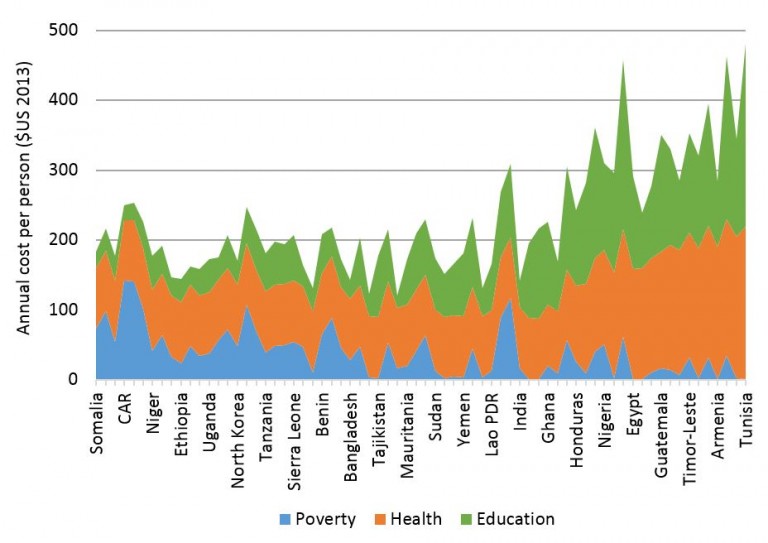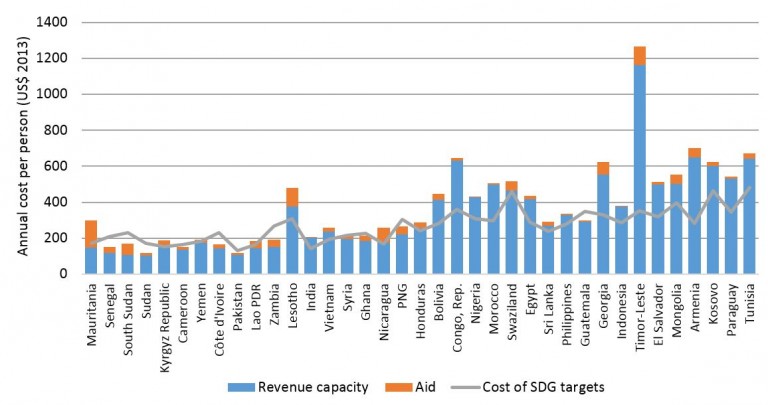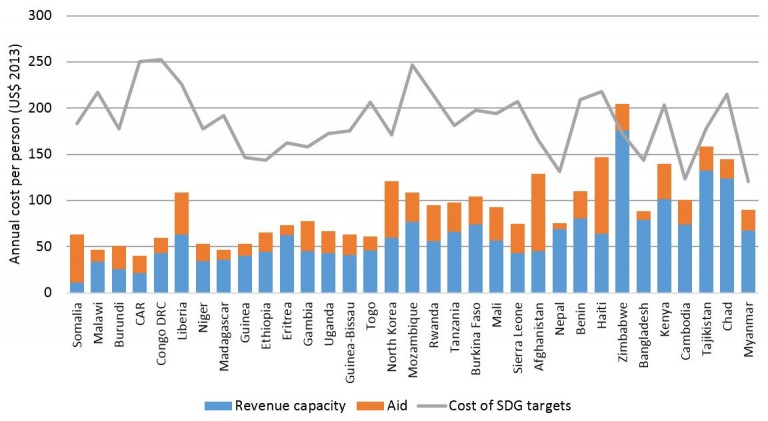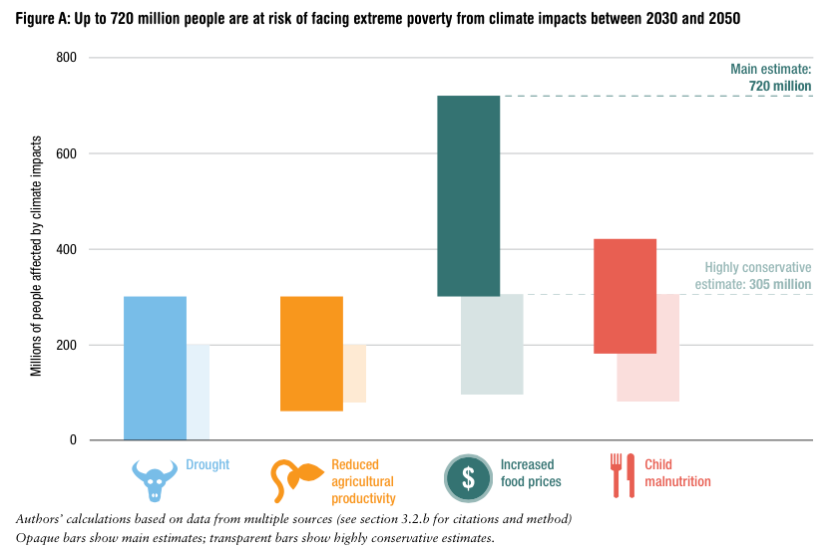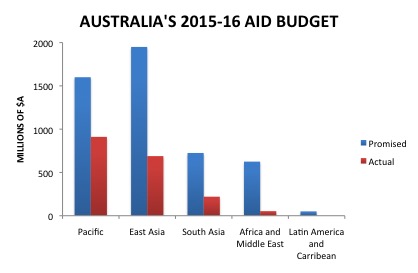In 2015, world leaders agreed to the Sustainable Development Goals (SDGs) that will replace the Millennium Development Goals(MDGs) and shape the next 15 years of international development. The goals are very ambitious, aiming to end poverty, improve human rights and achieve environmental sustainability (among other things) by 2030. As readers of this blog will be well aware, the SDGs are perhaps best known for their complexity, encompassing17 goals and 169 targets. To date, discussion has largely been divided between those in support of the broad,aspirational nature of the goals, and those who think the lack of prioritisation has led to a rambling agenda that hasleft no target behind. Nevertheless, this week the SDGs will be agreed to, which brings a number of questions to the fore: how much change is required to achieve the ambitious SDG agenda by 2030? Which goals are most off-track and will need to be prioritised? And what are the particular challenges that will face different regions?

Reaching the SDGs by 2030
A new Overseas Development Institute (ODI) flagship report, Projecting progress: reaching the SDGs by 2030, attempts to answer the above questions. Using projections from leading international organisations, including the World Bank, the OECD, and the World Health Organization, the report quantifies how much the world would need to accelerate current trends in order to achieve the SDGs by 2030. To make the task more manageable, only one key target is examined for each of the 17 goals. Goals are ‘graded’, based upon how close they would come to being achieved if the current progress toward the goals were to continue to 2030. An ‘A’ grade implies that current progress is sufficient to meet the target, while ‘B’, ‘C’, ‘D’ and ‘E’ grades represent a continuum of how much faster progress would need to be. An ‘F’ grade indicates that the world is currently heading in the wrong direction – there may actually be a regression in progress toward the goal by 2030. The results of this analysis are shown in the scorecard below.

Not a single goal will be met by 2030 if current trends continue. There are no A grades. This is not necessarily a bad outcome. The goals are self-consciously ambitious, and are at least partly intended to encourage extra effort beyond current levels.
Three targets received a ‘B’ grade: ending extreme poverty, boosting economic growth in least developed countries (LDCs), and halting deforestation. The ‘B’ grade indicates that if current efforts continue the world will get more than halfway towards achieving the target.
Nine targets received a ‘C’ to ‘E’ grade, indicating that in order to achieve them existing efforts will have to be between two to eight times greater than current trends. These goals include much of the ‘unfinished business’ of the MDGs, such as improving health and education standards across the developing world. In addition, some of the ‘new’ goals fall into this category, such as those relating to peace, partnerships and industrialisation.
Five targets received an ‘F’ grade, as current progress in these areas is heading in the wrong direction. These SDGs require that the existing trajectory turn around – if it does not, the world will be further behind these targets in 2030 than it is today. These include a number of goals related to environmental issues, such as combating climate change and improving waste management, as well as reducing income inequality.
Regional differences
The scorecard is based on global projections. However, the report also highlights that there is likely to be substantial variation both between regions, and between goals within regions. For example:
- In sub-Saharan Africa, although the proportion of people living in extreme poverty is set to fall by 2030, the absolute number is projected to rise due to population growth. Only two-thirds of children in sub-Saharan Africa are projected to complete secondary education by 2030, while for the rest of the world the proportion is expected to reach 90 per cent.
- South Asia is on track to see 350 million people escape extreme poverty, yet the region is likely to have a maternal mortality rate almost double the global target.
- In East Asia and the Pacific, both extreme poverty and maternal mortality are projected to fall substantially, however it is set to continue to have the most unequal economic growth in the world.
- Latin America and the Caribbean is projected to sustain impressive progress on pro-poor growth, but is likely to continue to suffer a high number of violent deaths – the highest of any region.
- The OECD is projected to continue to impose the biggest environmental impacts in per person terms. This highlights that even in the richest countries, major shifts are needed in order to achieve the SDGs, particularly in regard to addressing climate change and sustainable waste management.
Where does this leave us?
This analysis should not be interpreted as a predetermined outcome. Instead, it should serve as a wakeup call that if the SDGs represent ‘the future we want’, then a rapid acceleration in current progress is required to achieve these ambitious goals. Simply maintaining the status quo won’t be enough. Radical change is required. The good news is that this has happened before. In fact, many of the SDGs would be within reach by 2030 if the world could replicate the progress of some of the top performing countries over the MDG era. However, change will need to begin immediately and countries must not delay implementing the SDGs at a national level. Each additional day that the current rate of progress is just maintained will make it that much more difficult to achieve the SDGs by 2030.
This blog originally appeared on the Development Policy Centre Blog available here: http://devpolicy.org/can-the-sdgs-be-achieved-by-2030-20150924/
